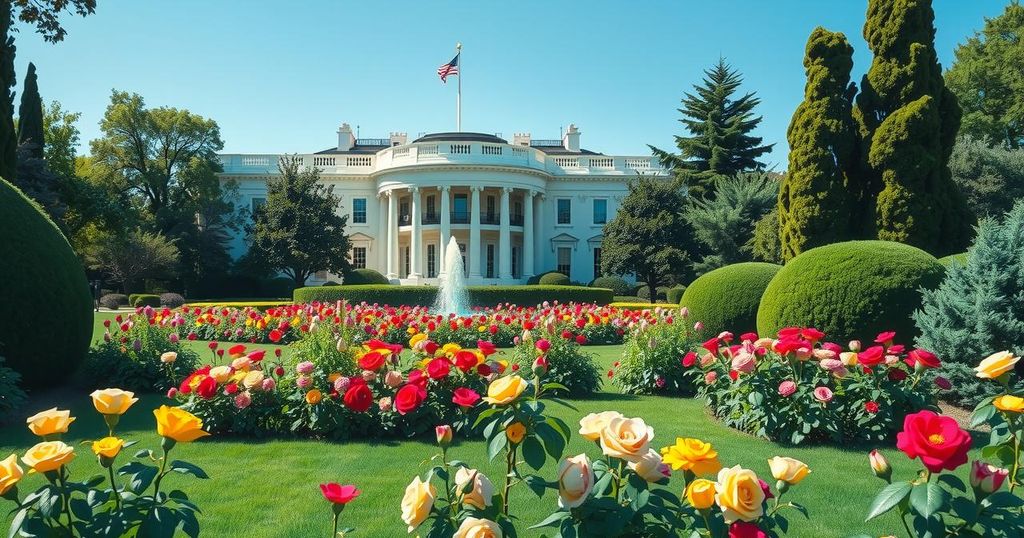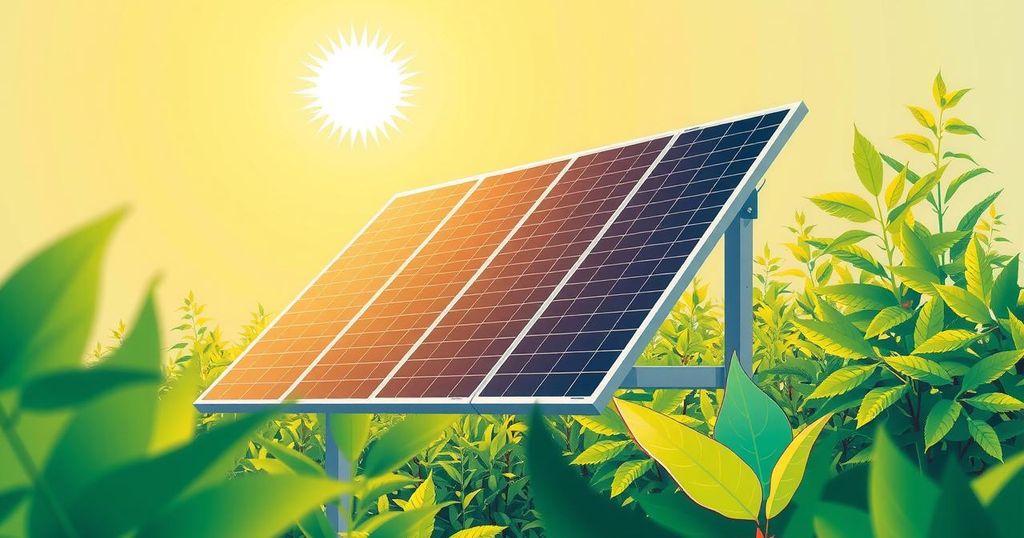India is preparing to counter recent US tariff threats articulated by President Trump, as the April 2 deadline looms. Commerce Minister Piyush Goyal is set to negotiate a Bilateral Trade Agreement. Trade officials are analyzing the potential fallout on critical sectors and exploring tariff adjustments to mitigate repercussions. Stakeholder consultations and timely proposals will be crucial in maintaining trade competitiveness.
The recent tariff threats from the United States, articulated by President Trump during a session of Congress, emphasize the urgency for India to formulate a responsive trade strategy. India, alongside other nations like the European Union, China, and Canada, has been highlighted for imposing higher tariffs. With the April 2 deadline approaching, Indian Commerce and Industry Minister Piyush Goyal is embarking on a visit to Washington to address these critical trade matters and to discuss a potential Bilateral Trade Agreement.
In a previous agreement, both the United States and India committed to negotiate a trade deal by year-end, targeting an annual trade volume of $500 billion by 2030. As tensions arise, stakeholders in India are currently assessing the implications of tariff increments while devising strategies to mitigate potential fallout on key export sectors. The Ministry of Commerce has begun extensive consultations to evaluate the effects of a US tariff increase and how India might adapt its lower tariffs in sectors where it holds significant interests.
President Trump pointedly remarked that many countries have benefited from higher tariffs against the US, claiming that it is time for a reversal. He noted the disparities in tariffs, with particular emphasis on the significant tariffs imposed by India on automobiles and other products. Clearly, India’s tariff structures, wherein average tariffs stand at 7.7%, contrast sharply with the lower rates on its exports to the US, thus presenting a complex challenge for negotiations.
Trade experts suggest that India could propose removing tariffs on most industrial products imported from the United States, provided the US reciprocates. This proposal must be carefully timed ahead of any US tariff verdict announcements to maintain leverage. Additionally, significant US goods currently face high tariffs in India, and any potential concessions could hinge on mutual benefits and previous free trade agreements, with agriculture potentially being excluded from the negotiations.
As the US positions itself as India’s largest trading partner—with exports totaling $77.51 billion and imports at $42.2 billion in FY24—the potential increase in US tariffs raises significant concerns. Experts warn that not only economic disparities due to existing tariffs may be considered, but also non-tariff barriers and local taxes, which could raise retaliatory tariffs further and jeopardize India’s competitive edge in exports to this critical market.
In conclusion, India faces an imperative to navigate the evolving landscape of US tariffs strategically. As negotiations for a Bilateral Trade Agreement progress, timely proposals and stakeholder consultations will be essential. The potential impact of tariffs could significantly affect India’s key sectors, necessitating robust policy responses to maintain its competitiveness in the US market and uphold trade relations.
Original Source: m.economictimes.com




